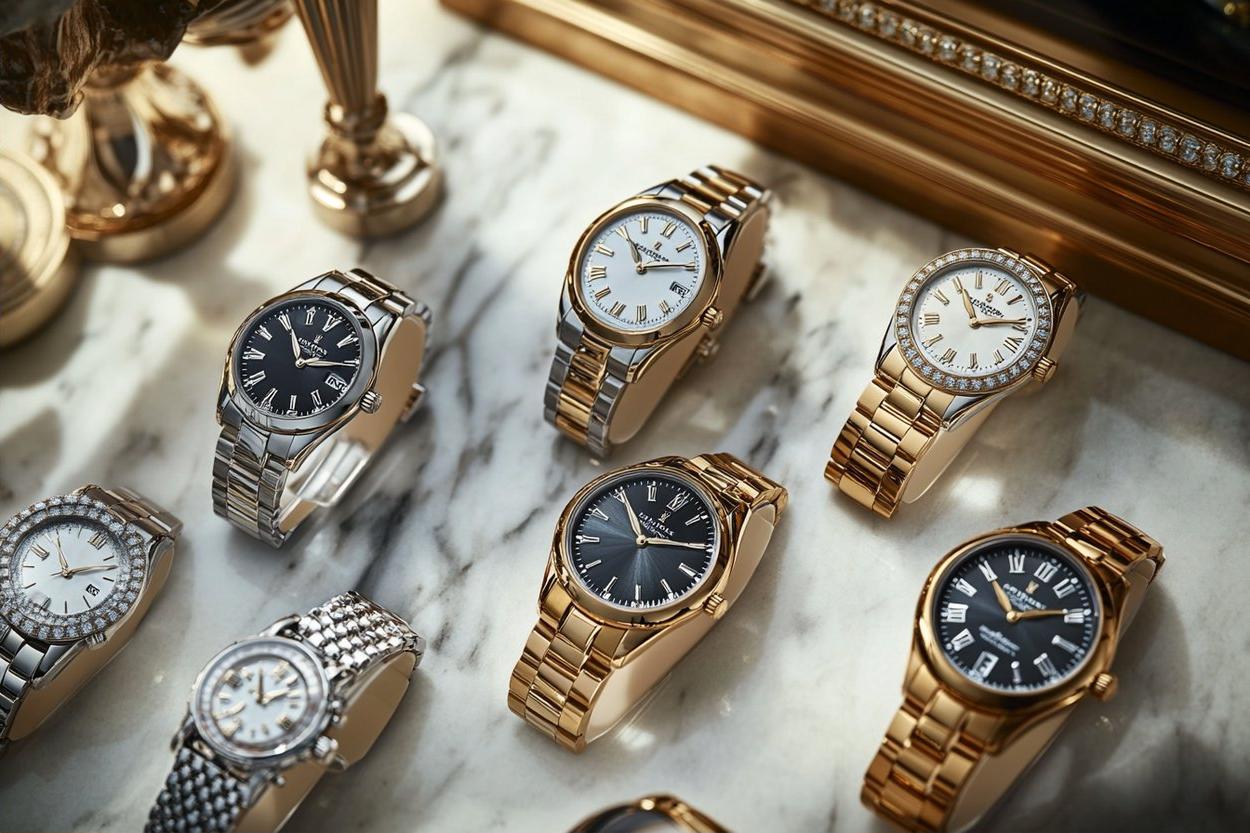Material labeling decoded: what treatment terms like oxidized really imply
Understanding labels on bracelet product pages helps buyers set expectations about appearance, care, and longevity. This article explains common treatment terms such as oxidized, plating, and finishes, and covers practical details like sizing, clasps, maintenance, allergens, packaging, and photography so you can interpret material labels with confidence.

Material labels on jewelry describe more than what a piece is made from; they summarize treatments, expected performance, and practical handling. Terms like oxidized, plated, or coated tell you how the surface has been altered and hint at colorfastness, durability, and maintenance needs. Reading labels with an eye on measurement, repairability, and allergens helps avoid surprises when you receive a bracelet, especially if local services are needed for resizing or repair. This guide breaks down common treatment phrases and related topics so you know what to expect from appearance to shipping.
What does oxidized mean for materials and finishes?
Oxidized usually refers to an intentional darkening of metal surfaces to create contrast or an antique look. In silver and some base metals, oxidation is a surface treatment produced by chemical patination or controlled exposure to sulfur compounds. As a finish it alters colorfastness and perceived texture: the darkened areas may rub off gradually depending on wear and maintenance. Oxidation is aesthetic rather than structural; underlying metal often remains unchanged. Knowing whether oxidation is sealed or left open affects cleaning choices and long-term appearance.
How does plating affect durability and colorfastness?
Plating applies a thin layer of one metal over another to change color or resist tarnish. Common examples include gold-plated or rhodium-plated surfaces on base metals or sterling silver. The thickness and method of plating determine durability and how quickly color may fade with abrasion, sweat, or chemicals. Colorfastness depends on plating thickness, underlying materials, and maintenance: lighter plating will show wear faster, revealing the base metal beneath. Labels that state plating thickness or technique give better clues to longevity and expected touch-up or re-plating needs.
How should measurement, sizing, and clasp information be read?
Measurement labels indicate internal circumference, chain length, or bead counts; sizing may be given in inches, centimeters, or standard bracelet sizes. A clear measurement helps with fit expectations, especially for adjustable designs. Clasp type—lobster, spring ring, toggle, magnetic—affects ease of use and repairability. Heavy or ornate clasps can add durability but may change how a bracelet sits on the wrist. If labels mention removable or adjustable links, that signals local services can resize the piece without replacing major components.
What do maintenance and repairability labels imply?
Maintenance instructions on a label or product page point to safe cleaning methods and limits on exposure to moisture, perfumes, or abrasion. If a listing specifies professional cleaning only or warns against polishing certain finishes, that suggests limited repairability without affecting the surface treatment. Repairability also varies by construction: solid metal links and soldered joints are easier to repair than plated or glued components. Labels that note replaceable parts (clasps, jump rings) usually indicate better long-term serviceability.
Are allergens and materials clearly indicated on labels?
Labels should list base materials and any coatings or alloy content that matter for skin reactions: nickel content, for example, is relevant for people with sensitivities. Terms like hypoallergenic are useful but can be vague; better labels specify alloys (sterling silver, 14k gold) or the absence of common allergens. When materials are mixed—textiles, leather, metals, or coatings—expect guidance on colorfastness and care. Clear material labeling helps shoppers and local services identify safe cleaning agents and suitable repair methods.
What to check about packaging, shipping, and photography?
Packaging and shipping notes on a label inform how the piece will arrive and what protection to expect during transit. Labels mentioning gift packaging or padded boxes suggest better protection against scratches and deformation. Photography on product pages may use lighting or retouching that alters perceived finishes or tones; terms like “studio lighting” or notes about color variation provide context. Shipping labels that state handling precautions—such as fragile or expedited options—are useful for understanding timelines and arrival condition.
Conclusion
Material labeling decodes much of what determines a bracelet’s appearance, longevity, and care needs. Recognize treatment words like oxidized or plated as indicators of surface alteration rather than changes to structural integrity. Pay attention to measurement and clasp details for fit and usability, and to maintenance, repairability, and allergen information for long-term ownership. Clear labeling around packaging and photography further helps set realistic expectations before purchase or when seeking local services for resizing or repair.






